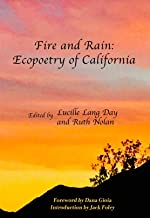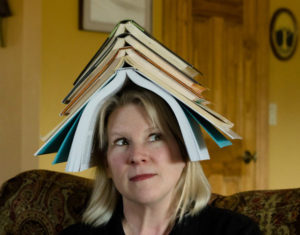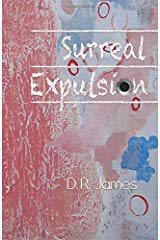In works of art, just as design choices have both aesthetic and emotional impacts, so too does the absence of design. Ultimately, design also has environmental impacts, which can be brought about either by the materials used in a work or by the presence of the completed work. I was thinking about all of this while writing “The Art of Nothing.”

Two New York artists are vying
over rights to nothing. Both claim
ownership of the idea: a gallery
with empty walls, nothing standing
on the floor. Art historians concur:
the second artist to exhibit nothing
must acknowledge the first.
How about books with pages
not marred by words? Authors
can give readings where everyone sits
in silence for forty-five minutes,
then waits in line for an inscription.
All authors must give credit, of course,
to the first one to publish nothing.
Wikipedia already has a list of silent
musical compositions, starting with
Funeral March for the Obsequies
of a Deaf Man, 1897, by Alphonse Allais.
Why not invisible buildings to end
habitat destruction and global warming
and give the earth back to itself?






